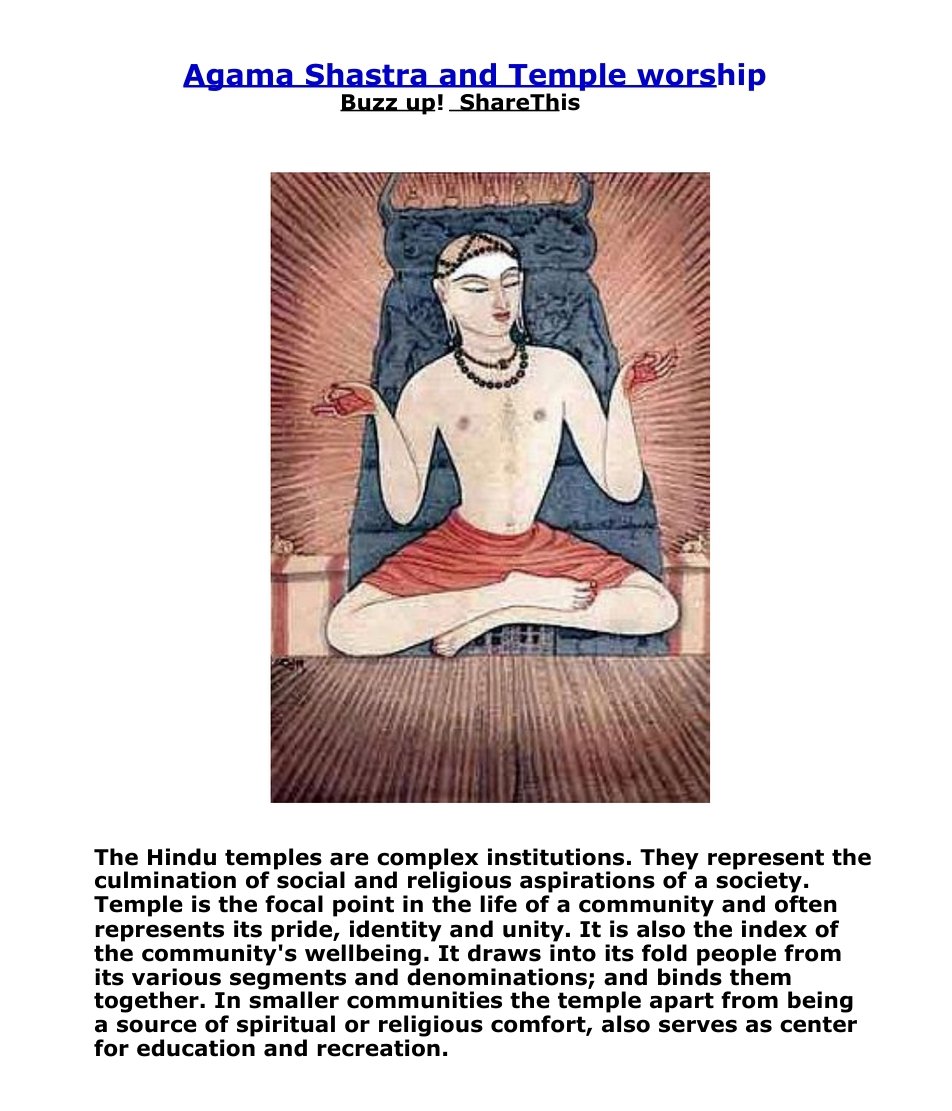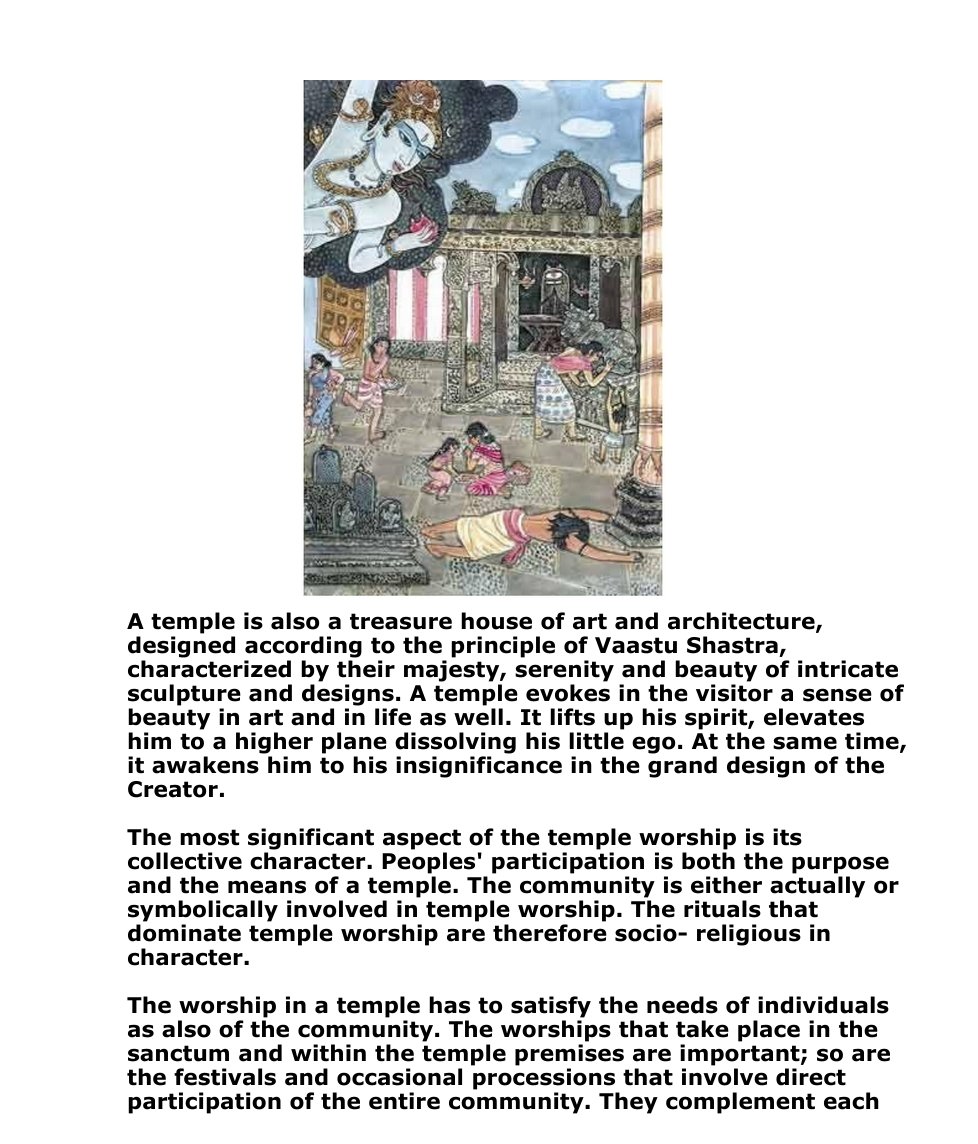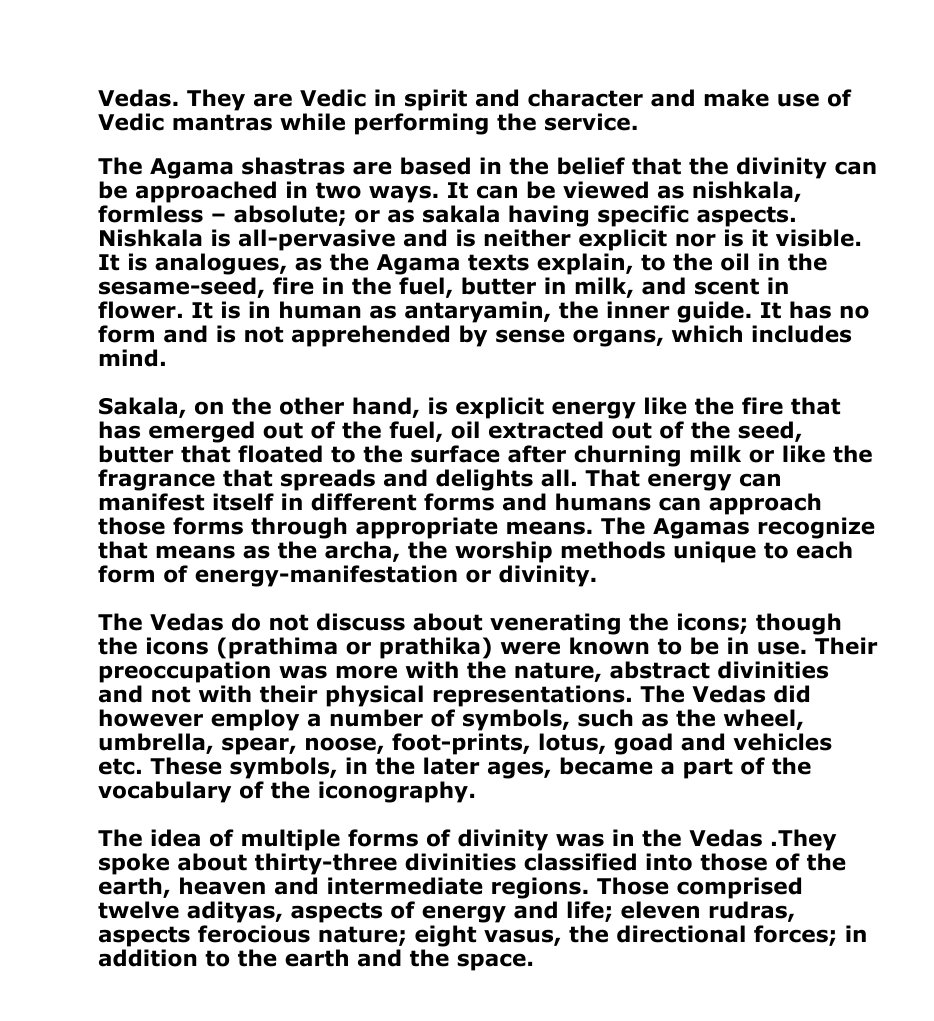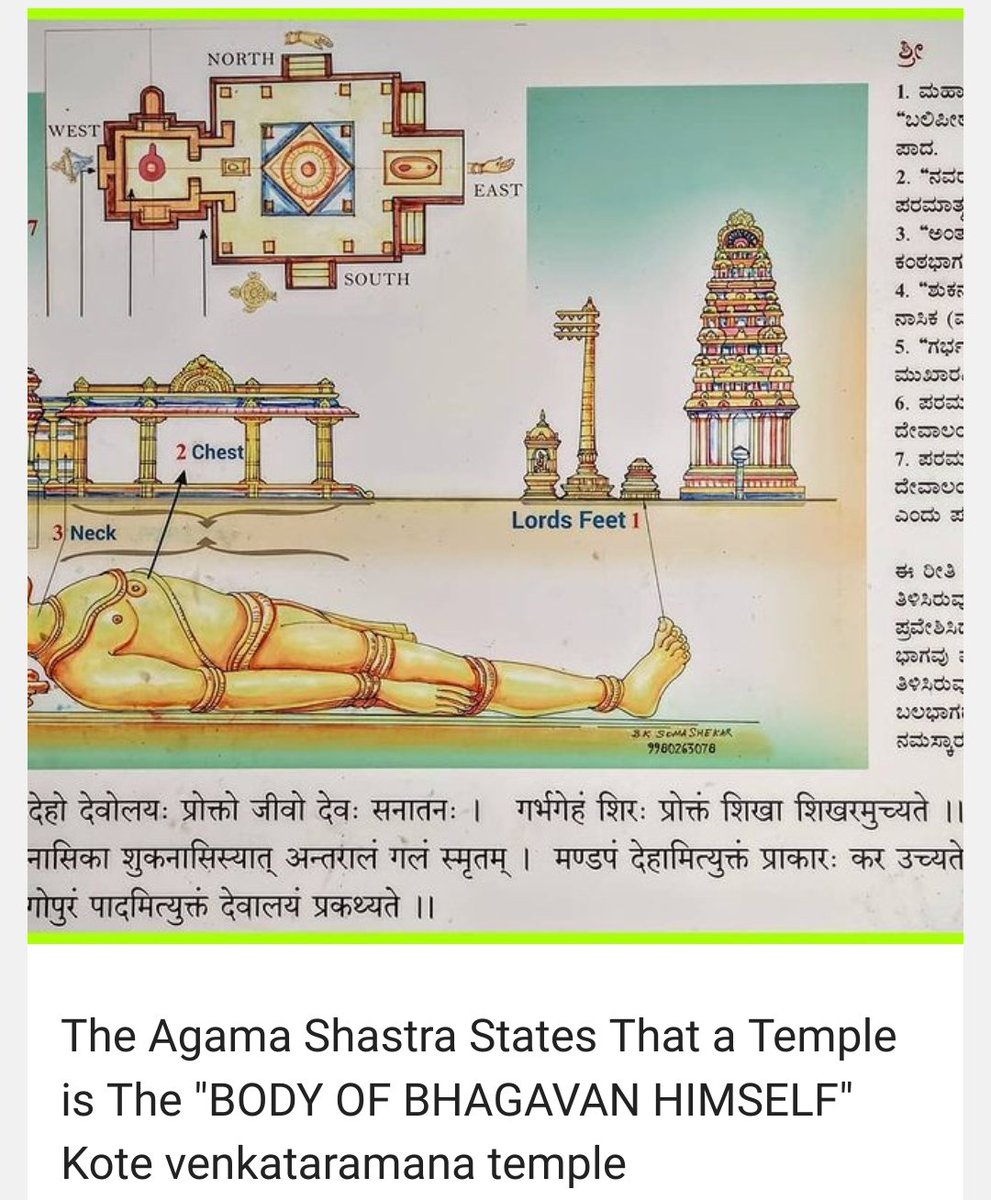
The Egyptian language is one of the oldest recorded languages known alongside Sumerian, it is related to the Berber and other Semitic languages such as Arabic and Hebrew.


The transformative history of the Egyptian language can be divided into six major chronological parts:
(Archaic Egyptian, old Egyptian, Middle Egyptian, Late Egyptian, Demotic, and Coptic).

It is the reconstructed language of the early dynastic and the late predynastic period. It also contains the earliest examples of Egyptian hieroglyphic writings on many works of art like Naqada II pottery vessels.

It became the official language of the old kingdom and the first intermediate period as it was used to write the pyramid texts which are the largest body of literature written in this language...

It became known as Classical Egyptian as it was used to create a variety of textual writings in hieroglyphics and hieratic scripts that include various funerary texts like the coffin texts and wisdom texts that...

This language appeared in Egypt's new kingdom... the golden age of ancient Egyptian civilization. It contained many rich religious passages and secular literature and various classicisms appeared in historical and literary texts during this period.

It is a name of the ancient Egyptian vernacular of the Late and Ptolemaic periods. It was used for more than 1000 years. The word demotic is derived from the northern forms of hieratic (writing system) used in the delta.

1- The Early Demotic
It was developed in Lower Egypt between 650 and 400 BC as most texts were written in the 26th dynasty and the following Persian period. Demotic was used for administrative, legal, and commercial passages and texts.

It is a stage of writing that was massively used for literary and religious texts. At the end of the third century, Greek was used as an administrative language of the country.

Greek became the semi-official language texts, religious texts, mummy, and graffiti-like the ones on the walls of the temple of Isis on Philae that you can visit during your trips to Egypt and demotic began to disappear...

The Coptic language is the final phase of transformation as it is the last direct descendant of the ancient Egyptian language. The language can be written in Egyptian hieroglyphics and demotic scripts.














